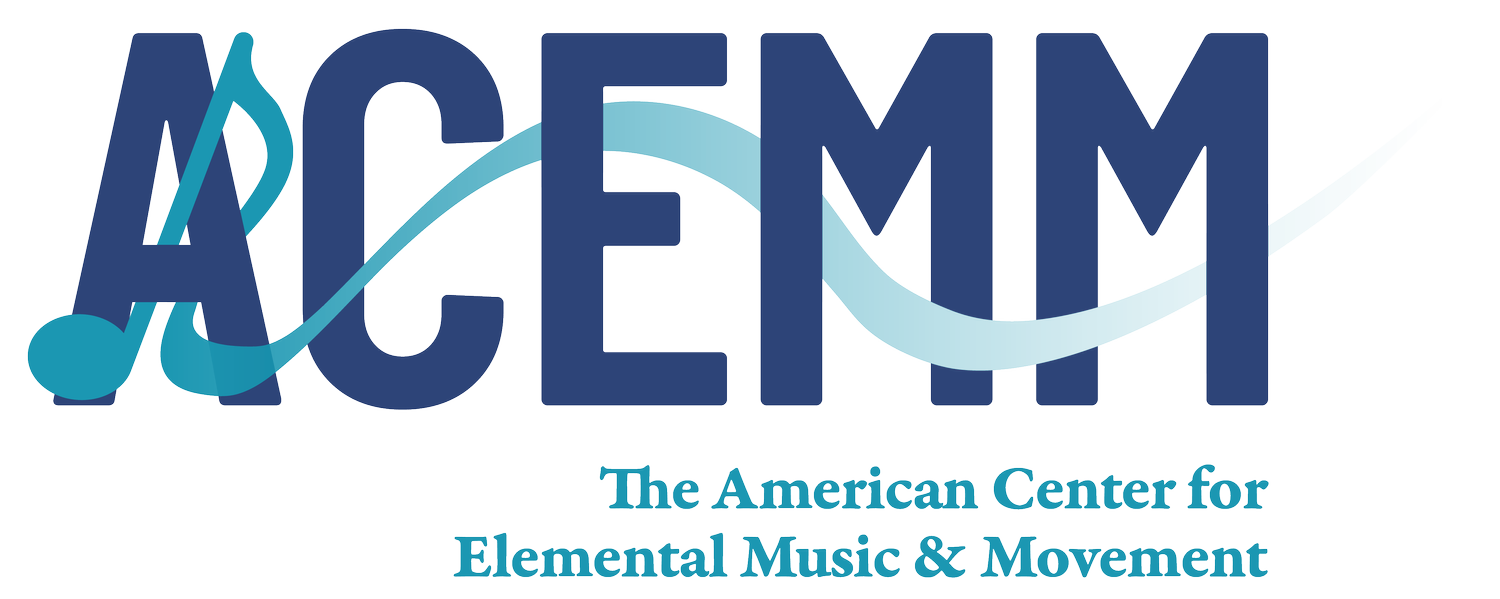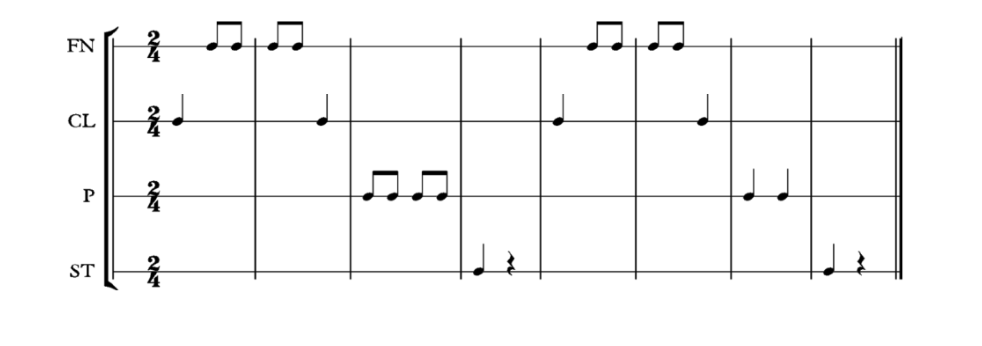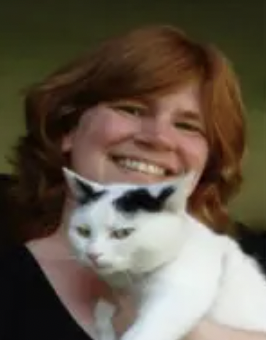Nature’s First Instrument: The Body
Part I/IV by Cyndee Giebler
The Most Wonderful Time of the Year!
Ah, yes! It is the beginning of a new school year. Optimism is high, excitement is rampant, and… your instruments haven’t arrived yet. Maybe you are teaching on a cart. Or in a corner of the cafeteria. Or on the stage in the gym while PE class is happening. Your books were damaged last year when the boiler exploded. Perhaps you have your own room and are looking for something new and different to do with your students. Now is the perfect time to create your own materials! But where to begin?
The answer is as plain as the nose on your face. You can start with your body! The human body is a marvel of engineering. Consider the possibilities: clapping hands, snapping fingers, patting your thighs, stamping feet. Of course there are more possible sounds, but these are four basic sounds that most Kindergartners are capable of making.
Stamp, Snap, Clap, Pat:
Let’s begin with stamping. This will have a heavier, lower sound, depending to an extent on the surface on which you are stamping. Because the legs are comparatively large, it will take some time to lift them before each stamp. Alternating legs will allow you to produce stamps a little more quickly in succession, but it will still take time to move those limbs through space.
By contrast, finger snapping will produce a clear crisp sound, somewhat higher in pitch. You can snap hands together or alternate them. Children will sometimes tell me that they can only snap with one hand and are often relieved when I tell them that I can only snap with one! They then have my permission to fake it, for example, using a “crab claw” motion in the air to fill the space.
Clapping is often the first body sound babies make, happening developmentally at around nine months. Because more surface area is involved than with finger snapping, clapping has a mid-range timbre. Try experimenting with open and closed clapping and see how the sound changes. With open clapping, the hands will separate again right away. Clapping the hands together and leaving them together will produce a closed, slightly muffled sound. (Think of Mary Poppins’ clapping for Bert’s “tightrope” walking.)
Patting the thighs, or patsching, offers many possibilities rhythmically and technically. The sound that patsching produces is lower and deeper in pitch than clapping because the hands are now contacting twice the surface area. Like clapping, you can make an open and closed sound. Like snapping, you can pat hands together or alternate. What makes patsching unique and wonderful in its own right is that you can alternate thighs as well as hands. So many possibilities! So much fun!!!
Rhythmic Possibilities:
Here is a simple rhythmic piece:
There are MANY ways to score this little piece. Look for patterns that repeat, for you will want to keep those the same. In this case, mm. 1-2 are the same as mm. 5-6. Next, consider the duration of the notes and the different types of body percussion. Any type of body percussion will work for the quarter notes, particularly hands together. Stamps probably will not work as well for the eighth notes unless your students enjoy that kind of challenge. Eighth notes lend themselves well to alternating hands, but if your students are younger, clapping might be the best bet. Here then is our simple rhythmic piece scored for early elementary children:
How fun to have stamps at the end! You haven’t heard them in the six measures prior, and they lend such a gratifying air of finality to the piece.
Here’s another possibility for older students who can alternate snaps and pats:
The combinations are endless, even for simple pieces. Try it out for yourself!
Better yet,have your students try it out. You’ll be making new music in no time!
Cyndee Giebler lives and teaches in northeast Wisconsin. She is a graduate of the University of Wisconsin-Green Bay and completed her master’s degree at the University of St. Thomas in St. Paul, Minn. She has presented workshops for American Orff-Schulwerk Association chapters around the country as well as state, regional, and national conventions. In her spare time, Cyndee enjoys composing and arranging music for classroom use, children’s chorus, and elementary strings.




